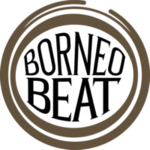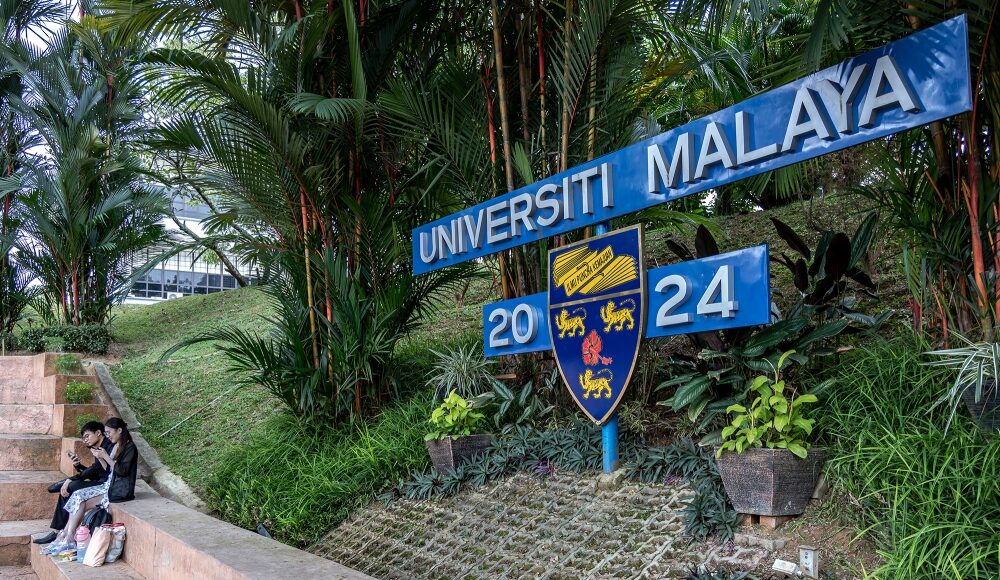MAY 19 — What does it mean to be a sustainable educator in today’s world? For me, it goes beyond simply delivering lessons or meeting curriculum outcomes. It’s about cultivating values that endure both in the classroom and in our clinical practice and aligning what we teach with the realities our students will face in a changing world.
My journey toward sustainability in education began with a mix of personal experience and institutional exposure. As a principal investigator (PI) under the Universiti Malaya Sustainability and Development Centre (UMSDC) grant, I was fortunate to participate in workshops focused on the United Nations Sustainable Development Goals (SDGs). These sessions opened my eyes to how deeply sustainability intersects with healthcare, education, and daily professional routines.
One realisation struck me clearly: the sheer amount of waste generated in our clinical teaching environment, both in materials and mindset was something we could no longer ignore. This insight marked the beginning of my commitment to embed sustainability into my teaching and clinical supervision. It wasn’t long before that commitment took shape in the form of action. Together with my students, we won first place in a university-level SULAM (Service Learning Malaysia–University for Society) project in 2024, where judges highlighted our innovation, sustainability-driven teaching methods. Since then, sustainability has become an integral part of how I teach, think, and practice.
Sustainability in the classroom and the clinic
As a tertiary educator involved in oral healthcare, I view sustainability through the lens of both SDG 4 (Quality Education) and SDG 3 (Good Health and Well-being). This dual perspective helps me design learning experiences that are not only effective but also socially and environmentally conscious.
In my classes, sustainability shows up in both content and delivery. I encourage the use of digital tools to reduce paper waste, foster critical discussions around the environmental impact of clinical materials, and integrate principles of low-waste dentistry into treatment planning exercises. For example, my students reflect on the balance between infection control and environmental responsibility in their clinical exercise. They explore the use of reusable vs. disposable items, challenging them to think beyond cost and convenience.
One of our more engaging initiatives involved using toy food models and simple items you’d find in a local supermarket or toy shop to teach children about healthy and unhealthy eating habits. The activity mimicked real-life dental scenarios in a fun, hands-on way. But more than that, it opened a conversation about responsible consumption, aligning with SDG 12 (Responsible Consumption and Production). It was a reminder that impactful teaching doesn’t always require expensive tools. Sometimes, everyday items can make the message more relatable.
Aligning with institutional goals
At the university level, sustainability is no longer just a buzzword, it’s a strategic priority. Universiti Malaya has outlined its commitment to sustainable development through its Sustainability Policy 2021–2030, and I see this not as a top-down directive, but as an invitation to act meaningfully within our own teaching domains.
As a PI in UM’s sustainability efforts, I’ve helped to develop content that aligns with relevant SDGs, particularly SDG 3, SDG 4, and SDG 12. I’ve also supervised student-led projects that translate these goals into real-world clinical and community engagement strategies. Our students aren’t just learning sustainability. They’re living it through projects, outreach, and reflective practice.
The role of the educator
One of the most important things I’ve learned is that being a sustainability-minded educator doesn’t require sweeping reform. It starts with small, intentional shifts by choosing reusable materials, integrating environmental themes into class discussions, or simply asking students to consider how their actions impact others.
In a profession where it’s easy to be overwhelmed by content delivery and KPIs, we sometimes forget the influence we have in shaping how our students think not just about knowledge, but about responsibility. I believe that every clinical simulation, every audit discussion, and every class activity is an opportunity to model a sustainable mindset.
Ultimately, my message to fellow educators is this: we each hold the power to shape a more responsible generation of professionals. While institutional support is valuable, individual effort matters just as much. The way we teach today will shape how our students practice tomorrow.
A Teachers’ Day reflection
As we celebrate Teachers’ and Educators’ Day on May 16th here in Malaysia, I take this moment to express my gratitude to all educators who continue to give their best, especially those who go the extra mile to incorporate sustainability into their work.
We may not always see the immediate impact of our choices, but over time, those small shifts create lasting change. In our hands lies the future and not just of our students, but of the communities they will serve.
Let us continue to lead with care, teach with purpose, and inspire with action. All the best to my fellow educators on this meaningful journey.
* Dr Nor Malina Manan is a dental lecturer at the Department of Paediatric Dentistry and Orthodontics, Faculty of Dentistry, Universiti Malaya, and may be reached at [email protected]
** This is the personal opinion of the writer or publication and does not necessarily represent the views of Malay Mail.





